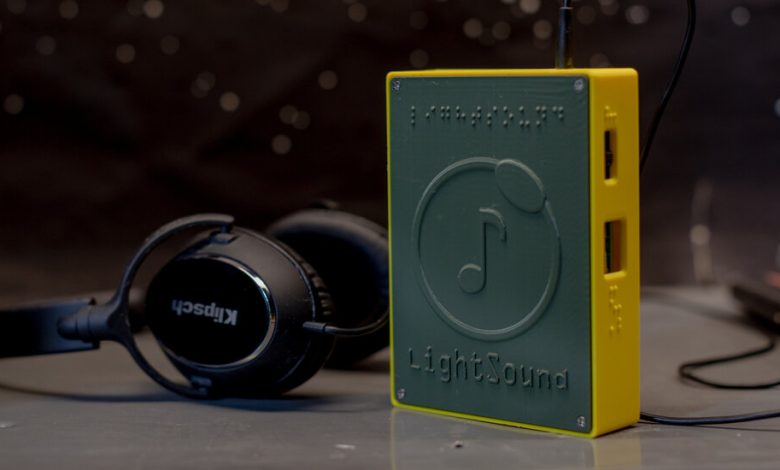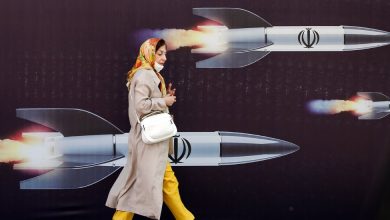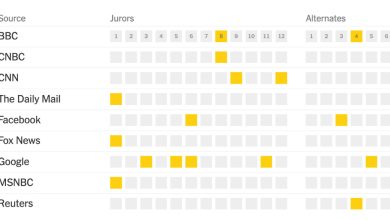They Can’t See the Eclipse, but This Device Will Help Them Hear It

On Aug. 21, 2017, Kiki Smith’s teenage sons giddily prepared to watch the partial solar eclipse in Rochester, N.Y. As Ms. Smith listened to their chatter, she felt excluded.
“I felt very alone,” she said. Ms. Smith was diagnosed with a degenerative condition as a child and lost the last of her vision in 2011. The local buzz around the eclipse, and the national media attention, unexpectedly touched a nerve.
The eclipse “was about experiencing a historic moment in community, and I wasn’t part of that,” she said.
Ms. Smith, 52, who works for a community development organization in Rochester, determined to do things differently for the April 8 total eclipse that is passing through her city. She is helping to organize a public gathering that prioritizes accessibility for people with vision loss. Her event will include specially designed devices named LightSound that translate changing light intensity into musical tones, allowing blind and visually impaired people to listen as the sky grows dark and then brightens again.
During this eclipse, Ms. Smith said, “I will be with community. And I will have at my fingertips all of these fabulous resources to experience what I felt I missed last time.”
People across the United States with limited vision or blindness will experience the eclipse with the aid of about 900 LightSound devices distributed by a team led by Allyson Bieryla, a Harvard University astronomer.




